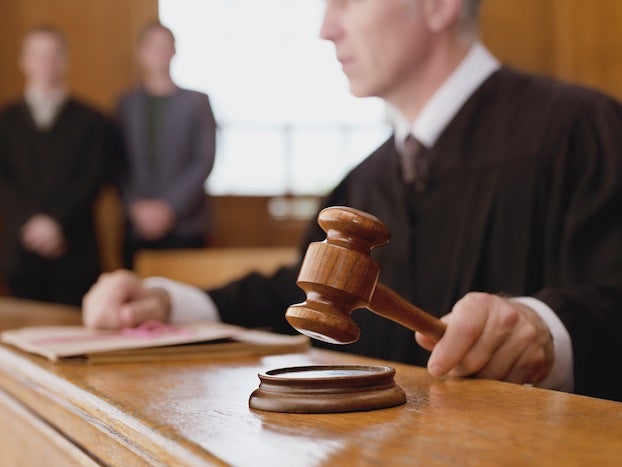Federal regulations mandate use of train horn
Published 7:31 am Monday, October 3, 2016
What can be done to mitigate the train horn that blows multiple times each night (for sometimes 10 minutes at a time) along the Sallier-12th Street railroad tracks?
The loud horn wakes families and children that live within a half-mile of the track. The trains are significantly reducing quality of life and property values for a quarter of Lake Charles residents because of the fact that the tracks run through the middle of town.
“This is a concern that we often hear from communities,” Union Pacific spokesman Jeff DeGraff wrote in an email.
“The fact is, train horns play a vital role in protecting the safety of the public and our train crews. The use of train horns is mandated by the Federal Railroad Administration and we are obligated to comply.”
Federal regulations require trains to sound their horns for at least 15 seconds ahead of each public grade crossing, and the Sallier-12th Street corridor is rife with grade crossings.
DeGraff referred The Informer to the railroad’s website, which features the following key to horn signals, with “o” and “=” representing short and long sounds:
= — When train is stopped. The air brakes are applied and pressure is equalized.
= = — Train releases brakes and proceeds.
o o — Acknowledgment of any signal not otherwise provided for.
o o o — When train is stopped: means backing up, or acknowledgment of a hand signal to back up.
o o o o — A request for a signal to be given or repeated if not understood.
= o o o — Instruction for flagman to protect rear of train.
= = = = — The flagman may return from west or south.
= = = = = — The flagman may return from east or north.
= = o = — Train is approaching public crossings at grade with engine in front. Signal starts not less than 15 seconds but not more than 20 seconds before reaching the crossing. If movement is 45 mph or greater, signal starts at or about the crossing sign, but not more than 1/4 mile before the crossing if there is no sign. Signal is prolonged or repeated until the engine completely occupies the crossing(s). …
o = — Inspect the brake system for leaks or sticking brakes.
= o — Train is approaching men or equipment on or near the track, regardless of any whistle prohibitions. After this initial warning, “o o” sounds intermittently until the head end of train has passed the men or equipment.
Additionally, the website says, trains will make a series of short sounds with their whistles to draw attention to themselves if people or livestock are on or near the tracks.
l
Online: www.up.com.
l
The Informer answers questions from readers each Sunday, Monday and Wednesday. It is researched and written by Andrew Perzo, an American Press staff writer. To ask a question, call 494-4098 and leave voice mail, or email informer@americanpress.com.





